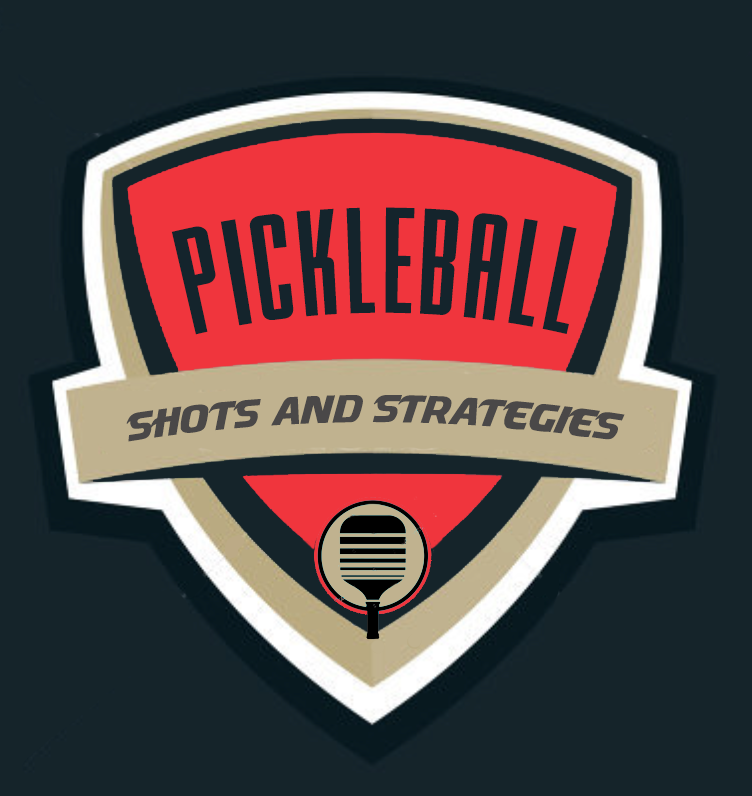PLAYING SOCIALLY
Playing social doubles is important for all players to do to help advance the sport with new players.
As you play pickleball recreationally at your local courts or club and then expand to play on nearby facilities and vacations, you will come across different levels of players. There will be beginners, intermediates, and advanced players of all ages. It is important to remember that the founders of pickleball wanted it to be a family game that could be fun for all.
Some of the rules include: One serve and it must be hit underhand. The two bounce rule. The non volley zone. The dimensions of the court. The size of the paddle. How high the ball bounces.
These rules promote a fun game and encourage rallies and extended points versus ending the point as soon as possible. But the development of the game has grown into thousands of tournaments with the goal of winning. Paddles continue to be developed with the emphasis on power to put the ball away. All of this is great and those of us who enjoy the highest level of competition, play tournaments. But that doesn’t mean that hitting every ball hard and trying to win the point as quickly as possible should be the norm when playing against new players and players with a lower skill level in recreational games. There should be times when you play like a wall and simply keep the ball in play. Balls that you could slam and easily win the point could be reset to extend the point in social recreational play. Of course this means that players must control the pace of the ball. I play this way in many situations, but the overall spirit of the game seems to be focused on winning. There seems to be a rush, an aggression, a competitiveness to win even when games involve beginners with more advanced players. The phrase, “more bang for your buck”, comes to mind.
So I encourage you to play some games like you are teaching your grandkids or grandparents. Hit the ball so they have a legitimate chance of returning the ball. Share the ball to all on the court. Don’t hit every ball to the weaker player. And better players, reset the point. Slow the point down by hitting a drop shot into the kitchen to initiate a dinking rally.
There are some cool drills that are helpful to develop all aspects of your game.
You and your partner stay back and hit drives, drops, and lobs. The one thing that you will be vulnerable to is a well hit drop voley or a mishit shot. The good news is very few players have a good drop volley. The drill is designed to develop consistency and court coverage from the baseline. You play each ball just like you do when your opponent hits a serve or return of serve.
This drill is where you and your partner only go to the middle of the court, called the transition area, and reset the ball into your opponent’s kitchen or make them hit a volley. You are basically giving your opponents a 12 foot kitchen area. Playing 5 feet behind the NVZ line will have more balls down by your feet and much more difficult to win the point. It is a great place to play defensive and hit drop volleys, drop shots, and half volleys into your opponent’s kitchen.
Play a normal point of where you and your partner get to your NVZ line but you don’t put the ball away with winners. Instead, practice hitting good defensive shots that your opponents will have a difficult ball to put away.
Play a game with lower level players and hit well placed shots so they can’t slam balls at you. You play a game by hitting nice balls to your opponents giving them a legitimate chance to play the ball. As a certified professional, you play like you do when you teach a lesson. You keep the ball in play but hit balls to challenge your “opponents”.
Keep the ball in play.
Control the pace.
Reset balls that you could have put away.
Play an occasional game from mid court and practice hitting all balls into your opponent’s kitchen.
